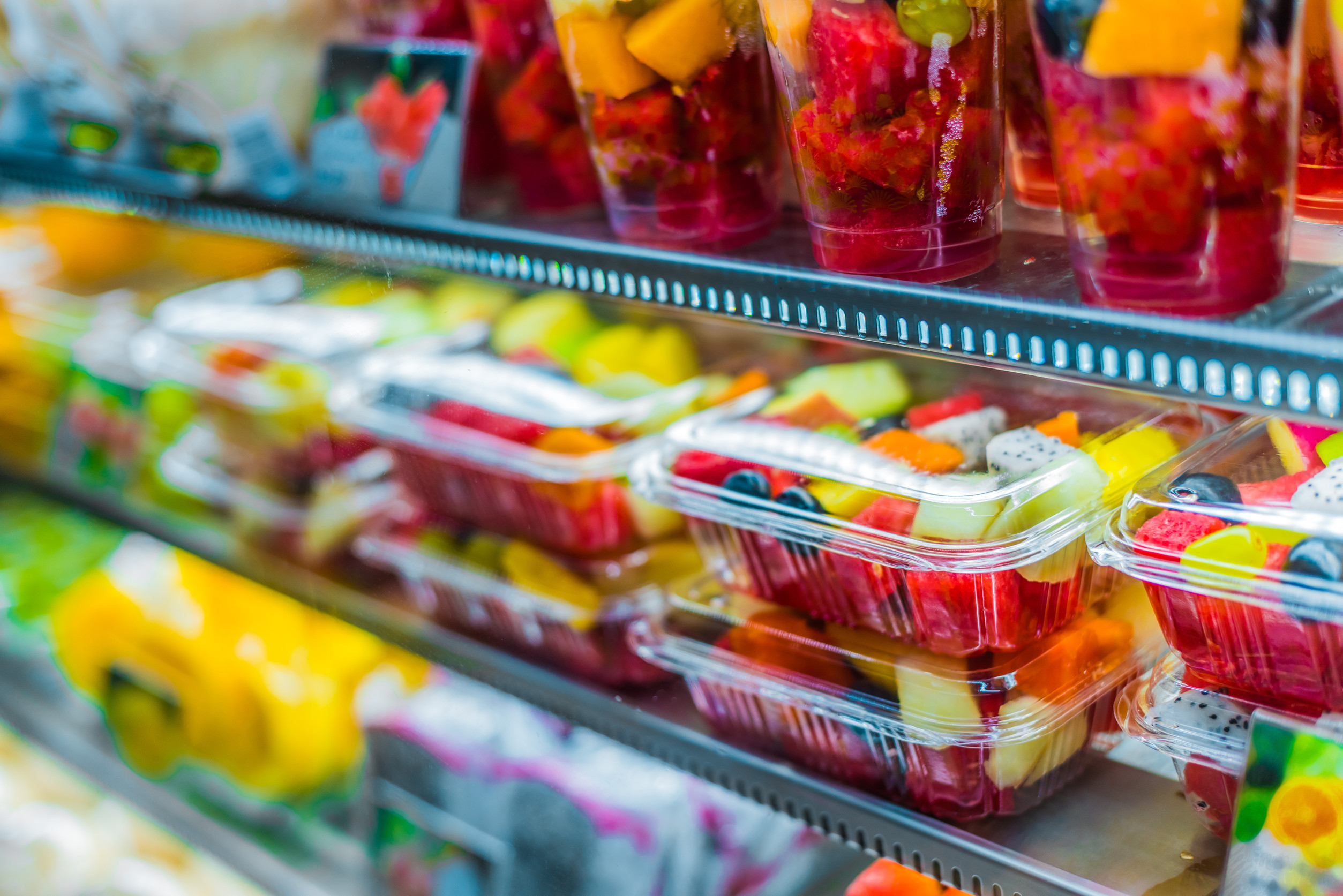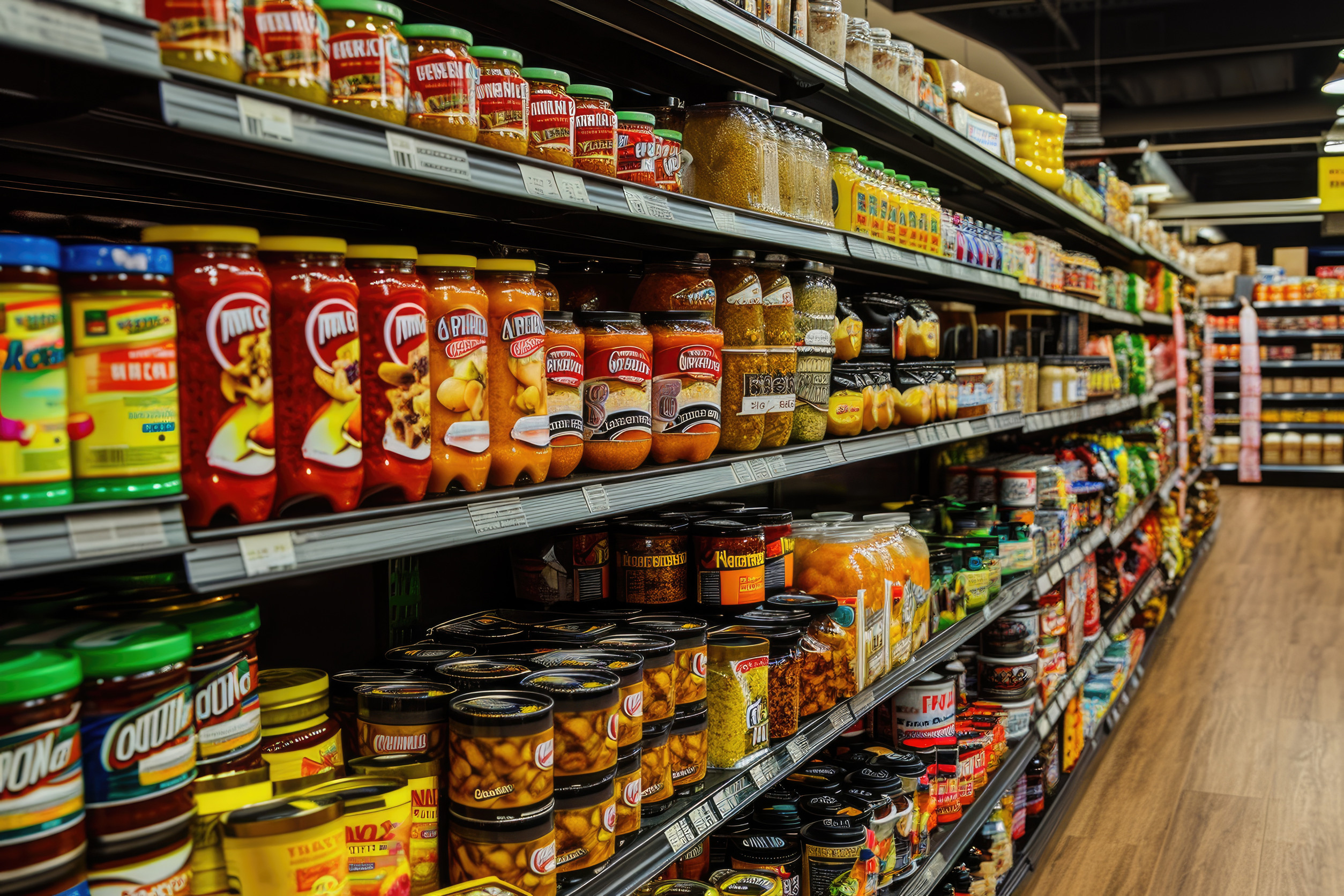In the crowded aisles of the modern grocery store, words have power. Shoppers drift past shelves brimming with promises that feel comforting, healthy, and trustworthy. Yet behind so many of these labels lies a trick—a vague phrase crafted by clever marketing departments, not by nutritionists.
These words mean next to nothing legally but shape choices every day, manipulating health goals and good intentions alike. It is time to look closer at some of the most misleading labels that slip under the radar and sway millions at checkout.
1. Natural
This is one of the most abused words in the food industry. The term “natural” is not strictly regulated and can mean almost anything a brand wants it to mean. A product stamped “natural” might still contain high levels of sugar, preservatives, or ingredients processed far from their original form. Many shoppers see this word and assume it signals purity and wholesomeness. In truth, “natural” is often just a feel-good label with no guarantee of better nutrition.
2. Made with Real Fruit
“Made with real fruit” sounds innocent enough, but it rarely means a food is brimming with whole produce. Often, this label means the item contains only a tiny amount of fruit puree or concentrate buried among artificial flavors and sugars. Snack bars, fruit snacks, and cereals use this phrase to create a healthy halo effect. In reality, the nutritional benefit is negligible compared to eating actual fruit. The presence of “real fruit” does not cancel out all the other less wholesome ingredients.
3. No Added Sugar
“No added sugar” is a phrase that suggests a product is healthy and light. Yet a product can still contain natural sugars in huge quantities, as seen in juices or dried fruit. Many shoppers do not realize that “no added sugar” does not mean “sugar-free.” The food may still be high in calories and spike blood sugar levels quickly. This label cleverly shifts focus away from what is naturally already very sweet.
4. Multigrain
“Multigrain” bread or cereal sounds hearty and nutritious, conjuring images of rustic whole grains. But the term only means that more than one type of grain was used—without any promise that they are whole or unrefined. Many multigrain products rely heavily on processed white flour with just traces of other grains sprinkled in. Consumers are often misled into thinking they are choosing whole grains when they are not. Without looking for “100% whole grain,” this label can easily deceive.
5. Light
The word “light” appears on everything from salad dressings to snack chips, hinting at lower calories or fat. But this term is slippery and sometimes meaningless. In some cases, “light” just refers to color or taste rather than nutritional content. A “light” olive oil, for example, is not lower in calories—it just tastes milder. This label makes a product seem like a diet-friendly choice when it often is not.
6. Farm Fresh
“Farm fresh” paints a lovely picture of morning harvests and local farmers. Yet it has no official definition and no requirement that the product comes from a small local farm—or any farm at all. Eggs, produce, and dairy often wear this label to suggest they are more wholesome or responsibly sourced. The reality could be large-scale factory farming far removed from the idyllic countryside scene. The comforting phrase “farm fresh” holds more marketing magic than truth.
7. Gluten-Free
“Gluten-free” is essential for people with celiac disease or gluten sensitivity, but for everyone else, it means little. Many products that never contained gluten in the first place proudly flaunt the label. Some highly processed foods, full of sugar and fat, use this claim to appear healthier. A gluten-free cookie is still a cookie, and often the alternatives are more processed than the originals. Shoppers too often buy “gluten-free” snacks thinking they are choosing a health food.
8. Cholesterol-Free
“Cholesterol-free” makes a product sound like it is heart-healthy by default. But only animal products contain cholesterol naturally, so this label on plant-based foods is redundant. It is commonly stamped on oils or margarine, which can still be packed with unhealthy trans fats. Consumers see “cholesterol-free” and believe the product is good for the heart without checking the full nutrition label. This is one more trick to divert attention from other unhealthy aspects.
9. Sugar-Free
“Sugar-free” feels like a promise of guiltless indulgence, but the reality can be murkier. Many “sugar-free” products rely on artificial sweeteners and sugar alcohols. These substitutes can upset digestion for some and may fuel a sweet tooth without delivering true satisfaction. Some products also sneak in other forms of carbohydrates that affect blood sugar levels anyway. The “sugar-free” claim is often more of a loophole than a healthy choice.
10. Made with Whole Grains
Seeing “made with whole grains” on a box of cereal or crackers suggests the product is fiber-rich and hearty. However, there is no rule about how much whole grain must be included. It could be a mere sprinkle alongside mostly refined flour and added sugars. Consumers feel reassured by this phrase, rarely realizing how small the percentage might be. The real benefit only comes when the package says “100% whole grain.”
What Do Labels Mean for You?
The modern supermarket is a maze of half-truths and illusions, built on labels that sound healthy but often hide a more complicated reality. Clever wording is one of the food industry’s most powerful tools, able to sway buying decisions with phrases that mean little but sell plenty. Understanding these empty labels is a first step toward better choices and real transparency. Shoppers deserve clarity, not comforting words that cloud the facts. Share any misleading labels you have spotted in the comments—because knowledge shared is power gained.
Read More
The Art and Science of Effective Product Labeling
10 Safety Features in Cars That Are No Longer Standard


